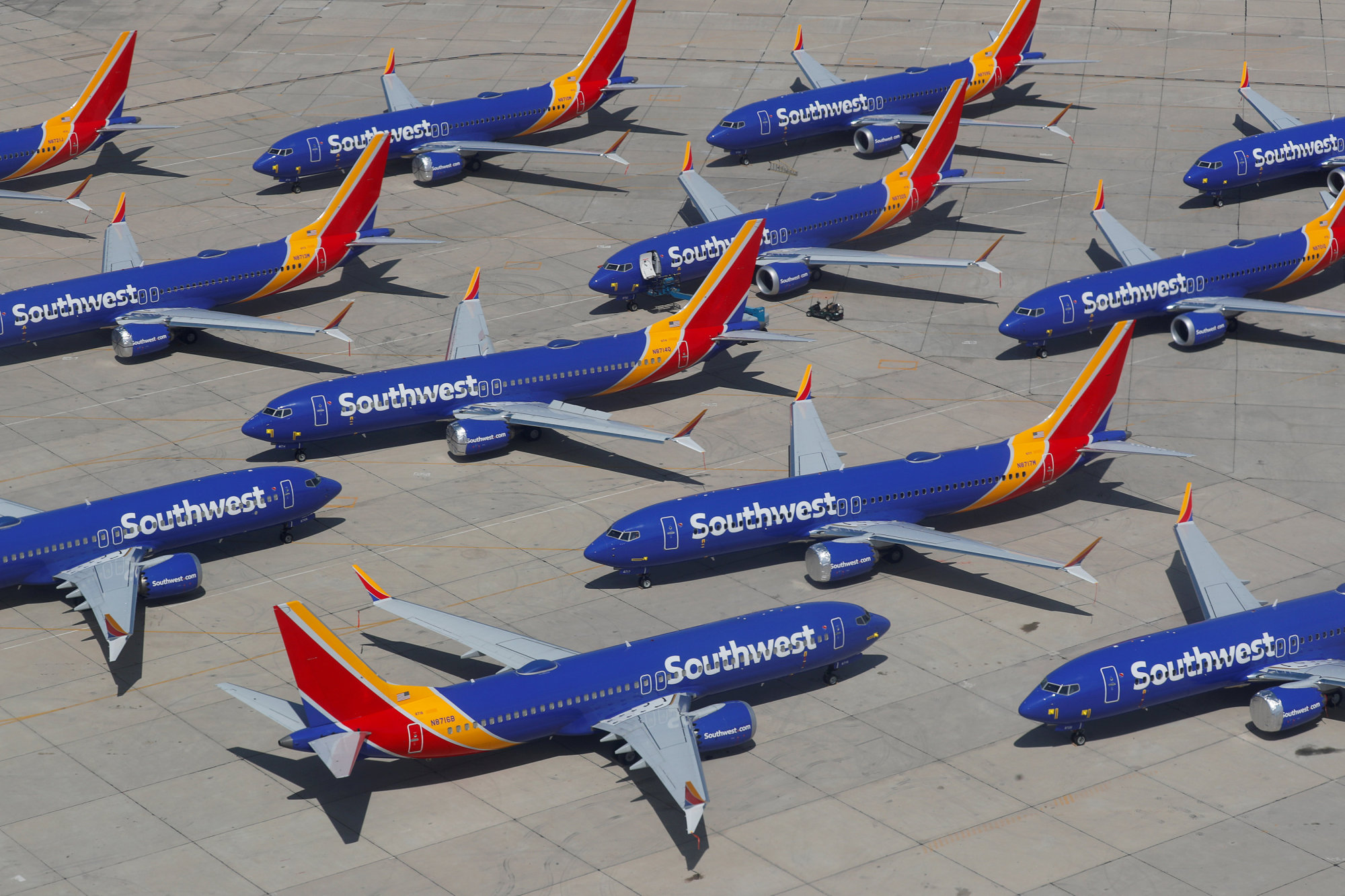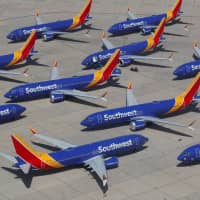Boeing Co. knew months before a deadly 737 Max crash that a cockpit alert wasn't working the way the company had represented to buyers of the jetliner.
But the planemaker didn't tell airlines or the Federal Aviation Administration of the problem with the warning light until after a Lion Air plane went down off the coast of Indonesia in October, according to a Boeing statement Sunday. The accident occurred after an erroneous reading by a single angle-of-attack sensor triggered software that pushed the jet's nose down until pilots lost control.
The faulty cockpit indicator was supposed to flash when the plane's angle-of-attack vanes, which measure the position of the plane's nose against the oncoming air stream, send conflicting signals. Boeing had told airlines that the so-called AOA disagree alert was standard across the Max fleet, as it had been on a previous generation of 737 aircraft.
But the alert was only working on planes that had a separate angle-of-attack indicator on the cockpit display, the manufacturer said. The additional feature cost extra.



















With your current subscription plan you can comment on stories. However, before writing your first comment, please create a display name in the Profile section of your subscriber account page.